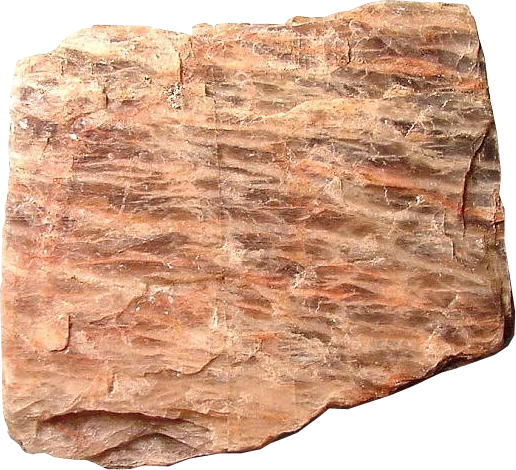
A satisfied customer is the
best business strategy of all.

Potash Feldspar
In ceramic bodies, the main vitrifying (fluxing) agent is feldspar. The majority of white ware bodies contain good proportions of feldspar. It acts as a flux. In the ceramic industry, the flux is defined as that portion of the body which develops glass phase. This is provided mostly by feldspar. The amount of flux in a ceramic body should be only in such a proportion as to develop the desired amount of vitrification. If excess of flux is added, the fired body becomes very glassy and consequently, brittle.
One of the most important materials for medium and high temperature ceramic glazes. Potash feldspars are often not as pure and white as soda spars. A feldspar is typically referred to as 'potash' if there is significantly more potassium than sodium (typically there will be 2-5% Na2O). If the amounts are closer to equal they are termed potash-soda feldspars (or vice versa). Of course, real potash feldspars also have small amounts of CaO, MgO, Fe2O3, etc.
Feldspar is generally used for Ceramics, Glass, Electrodes.
The glass and ceramic industries are the major consumers of feldspar and account for 95% of the total consumption.
We produce POTASH FELDSPAR (K-SPAR) in forms of :

| Potash Feldspar | SF/01 | |
|---|---|---|
| Silica | SiO2 | 68% ( + 1% ) |
| Alumina | Al2O3 | 18% ( + 1% ) |
| Sodium Oxide | Na2O | 2% ( + 0.5% ) |
| Potassium Oxide | K2O | 11.50% ( + 0.5% ) |
| Titanium Oxide | TiO2 | Nil |
| Calcium Oxide | CaO | 0.50% |
| Magnesium Oxide | MgO | Traces |
| Ferric Oxide | Fe2O3 | 0.08% ( + 0.05% ) |
| Loss On Ignition | LOI | 0.40% |
Standard Packing available in 50 kg HDPE bags and 1 or 1.25 M.T. Jumbo bags with liner inside , or as per customer requirements.
